All about pak choy cabbage
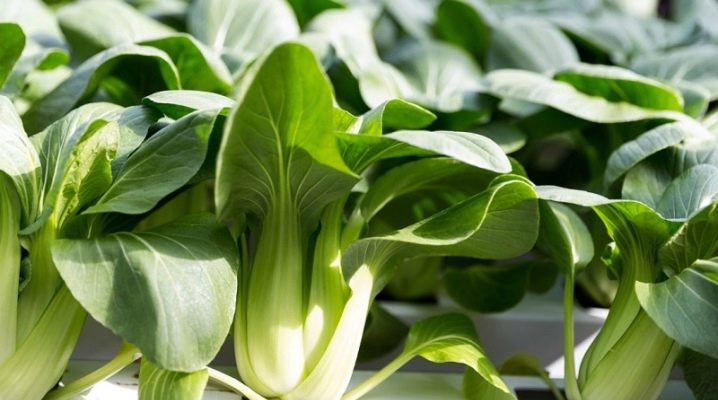
Pak Choi cabbage is ideal for growers of all skill levels. It is an unpretentious culture that is not afraid of spring frosts, and it is possible to feast on its leaves without even waiting for the entire rosette to ripen.
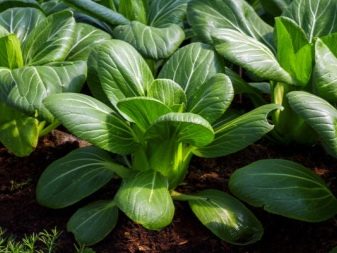
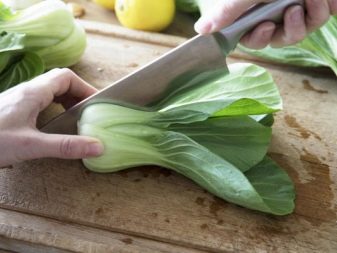
general description
Chinese cabbage pak choy, which is a member of the cabbage family, is often referred to as celery or mustard.... Its delicate and juicy leaves, rich in various vitamins, have a mild spicy taste with a pleasant aftertaste. The plant looks like a spreading rosette, the diameter of which reaches 40-45 centimeters.
The height of cabbage can vary from 20 to 50 centimeters, and the shade of the petioles and leaf blades can vary depending on the variety. In the first year of life, the pak-choy only creates a rosette, and the next year he already throws out a high peduncle. At the end of flowering, seeds are collected from the culture, suitable for subsequent planting.
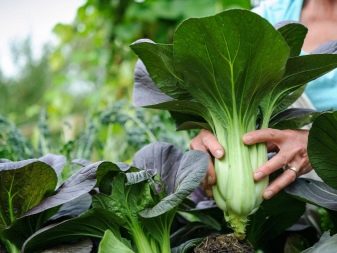
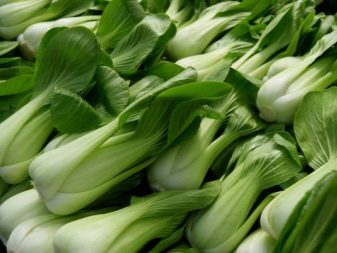
Popular varieties
One of the most popular varieties of leaf culture is the ultra-ripe "Vesnyanka" the first leaves of which are plucked after 3 weeks after the emergence of shoots. The diameter of the rosette, consisting of green leaves, grows up to 40 centimeters, and its height reaches 30-35 centimeters. The fleshy white petioles are also edible. The selection variety "Chill F1" is showing itself well, for the seedlings ripening of which takes about 35-40 days. The height of a compact rosette made of light green plates ranges from 25 to 30 centimeters. This variety is characterized by high yields and rare throwing of arrows.
An interesting variety "Araks", known for the purple hue of its leaves and bright taste. A rosette with a height of 35-40 centimeters takes from 40 to 45 days to fully mature. The variety called "Four Varieties" is unpretentious, undersized and resistant to disease. Its rosette hardly reaches 20 centimeters in height and 17-20 centimeters in diameter, but forms delicate green leaves on light fleshy petioles.
"Swan" ripens for about 40 days. The large rosette grows up to 50 centimeters high and 45 centimeters wide.

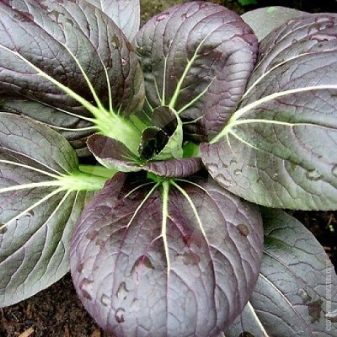
Landing
Planting pak choy cabbage is best done at the beginning of spring or from the end of summer until the first autumn weeks. All these time periods are characterized by sufficient rainfall, as well as reduced daylight hours, which is ideal for the development of culture. The plant will develop worst of all on the hot and long days of June-July. It cannot be said that culture has special requirements for the landing site, but it is best to organize a garden bed in the sun or in partial shade. According to the rules of crop rotation, the optimal predecessors for pak choy are onions, legumes, pumpkin or grains. It is recommended to avoid areas previously inhabited by any types of cabbage, as they have similar diseases and pests, as well as turnips, radishes and radishes.
If the site is not chosen very well, then it is more correct to disinfect it, for example, by spilling the earth with a 1% pharmaid. Cabbage is not suitable for places where moisture stagnates. The optimum acidity for the culture is 5.5 to 7 pH. The soil for the leaf crop is prepared the previous fall. Mandatory digging is accompanied by the introduction of fertilizers: 10 kilograms of organic matter and 1 tablespoon of superphosphate and potassium chloride for each square meter.Excessively acidic soil is normalized by adding lime or wood ash: 1 tablespoon or 200 grams, again per square meter. The situation with heavy soil is corrected by introducing coarse sand or rotted sawdust.
In the spring, the bed is loosened and dug again with a shovel deepening by 15 centimeters. Each square meter of the bed is also fertilized with 1 teaspoon of urea.

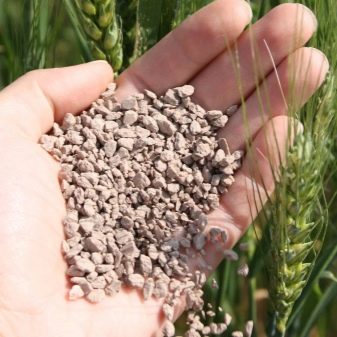
Seeds
Seeds of a leaf culture are allowed to be sown immediately on the garden bed, after waiting for warming up to +3 - +4 degrees. In fact, this kind of weather occurs in most regions already in April. Sowing is best done in several passes, maintaining an interval of 7-10 days between individual batches. The distance between the beds should be kept equal to 30-40 centimeters, and the planting material should be deepened by 1-2 centimeters. Immediately, the crops can be sprinkled with wood ash to protect them from pests, and also covered with a transparent film, the presence of which accelerates the germination of the seeds. The emergence of Pak-choi seedlings is expected in a week. Cabbage seeds, like any other crop, should be processed before sowing.
At the calibration stage, all planting material is examined and small specimens are disposed of. The seeds are then dipped in 3% brine for about 5 minutes. Floated samples are eliminated, and those that have sunk to the bottom are washed and dried. For disinfection, the selected seeds are dipped in a manganese solution, after which they will need to be washed again. Warming up the grains in water heated to +48 - +50 degrees for about a third of an hour is also suitable. For convenience, the material is pre-laid in a gauze or cloth bag. To speed up the germination of seeds, they will need to be left in the "Nitrofoski" solution for 12 hours, a teaspoon of which is diluted with 1 liter of water. Soaking in plain water at room temperature is also suitable, which will have to be replaced three times in 12 hours.
Immediately before sowing, the material is hardened for 24 hours in the lower section of the refrigerator, and then it is slightly dried.
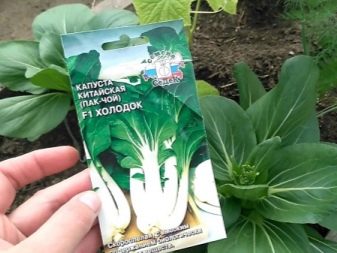

Seedlings
Pak-choy seedlings are transferred to their permanent habitat upon reaching the age of 15-25 days. The culture can develop both outdoors and indoors, but in any case, you will have to wait for warming up to +15 - +17 degrees. The seedling method requires sowing pre-soaked material in a container with soil from the last week of March to the second half of April. The exact dates are determined based on the climatic characteristics of the region and the planned timing of the transfer of seedlings to open ground. Cabbage seedlings do not take picks very well, so it is better to immediately place them in separate pots. It is customary to place 2 seeds in each container and cover them with earth, and then remove the weaker sprout. Ideally, Pak Choi seedlings should be grown in peat pots filled with loose and nutritious soil - optionally even coconut substrate.
The hardened seedlings are sent to open or closed ground when 4-5 true leaves appear for each seedling. The seedlings will have to be organized in 2 rows, between which there will be a gap of 40-50 centimeters. It is customary to maintain the distance between individual copies equal to 20-35 centimeters, depending on the dimensions of the outlet.
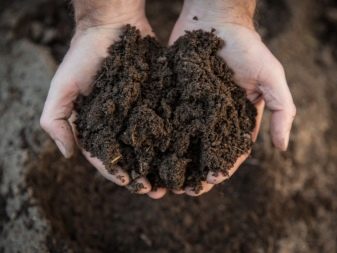
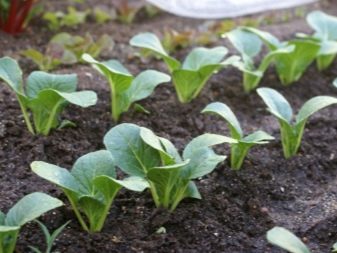
Care
Growing pak choy cabbage, in principle, is not a difficult task. The culture requires regular watering, since it is the moisture content that affects how tender and juicy the cabbage leaves become. It is important that the soil has always been moisturized, but water stagnation did not form on it, causing the plant to rot. Watering should be exactly regular, since due to the frequent drying out of the earth, the leaf culture coarsens and loses its pleasant taste. The procedure should be completed by loosening the row spacings.If humus and mineral fertilizers were introduced into the ground before planting, then there is no point in feeding young plants. However, if pak choy is grown on poor soil, it will need 1-2 additional fertilizing. The culture responds well to organic matter, so, for example, a mullein solution prepared in a ratio of 1: 10, or a solution of bird droppings in a 1: 20 ratio, is suitable for it. Additionally, a glass of sifted wood ash can be added to each bucket of fertilizer. If the gardener prefers mineral complexes, then he should not forget about the ability of the culture to accumulate nitrates, and therefore, choose only potassium-phosphorus complexes.
Plant beds should also be weed out regularly. A good step is to create a mulch layer of straw or rotted sawdust. An important part of cabbage care is insect protection. So, in order to drive away the cruciferous flea, it will be necessary to dust the rosettes with a mixture of tobacco dust and ash powder, combined in a 1: 1 ratio, once a week, or spray them with tobacco infusion. As a preventive measure, it is recommended to loosen the earth and abundant watering, since these insects hibernate in the beds. Young crops can be protected from awakened midges with the help of agrofibre. The slugs will have to be collected by hand, just like the egg clutches of the white butterfly. It will also be possible to drive away the former from the cabbage by covering the aisles with allspice and rosemary, or by sprinkling the pak choy with broths of wormwood and mustard. As a universal prophylaxis, foliar treatment of plantings with herbal infusions, for example, prepared on the basis of tomato tops or dandelion roots, is suitable.
When dealing with pests, keep in mind that chemicals can accumulate in the leaves and other parts of the plant, which means that such insecticides should be avoided.

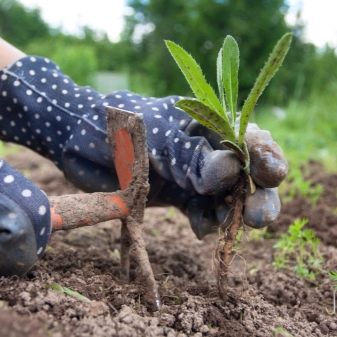
Harvest
It is customary to collect pak choy cabbage as it ripens. The first specimens can be tried already after 3-3.5 weeks after transferring the culture to open ground or after the emergence of seedlings. Some gardeners prefer to gradually cut off the outer leaves, while others - to wait for the maturity of the entire rosette and remove it entirely, further removing the roots. It is still better to cut young specimens, stepping back a couple of centimeters from ground level, and adults - a little higher. Leaving the stem is necessary so that it grows over and allows you to harvest again.
It is customary to harvest in the morning, when the leaf crop contains the maximum amount of moisture. The vegetable is either eaten immediately or stored in the refrigerator, where it can be stored for 10 to 14 days. In the second case, the socket must be washed and dried, after which it is reliably protected with cling film. There is also an option to wrap the clean sheets in a damp towel and put them back in the refrigerator. It is recommended to complete harvesting completely before the plant has an arrow, otherwise the leaves will become too hard, not so juicy and tasty. The initial stage of arrow formation is not critical for cutting.
If the pak-choy remains in the garden for about 45-50 days after emergence, it will become overexposed and unusable at all.

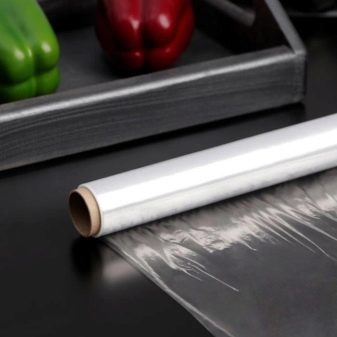













The comment was sent successfully.